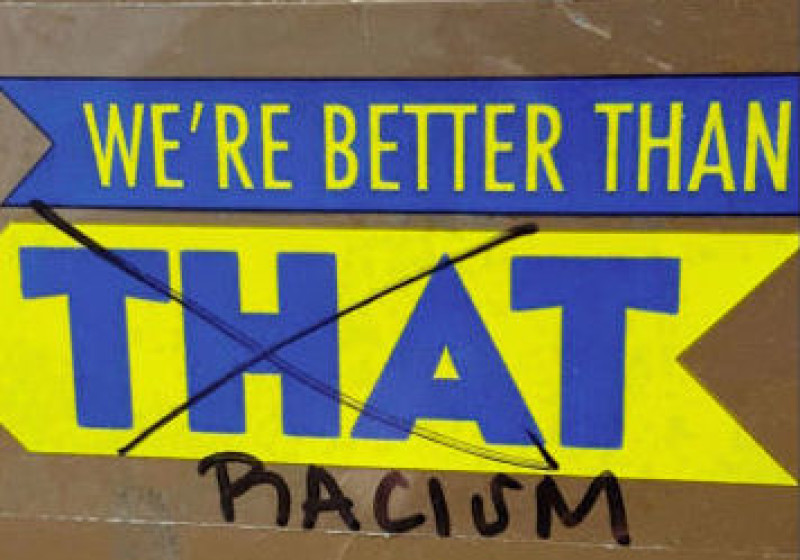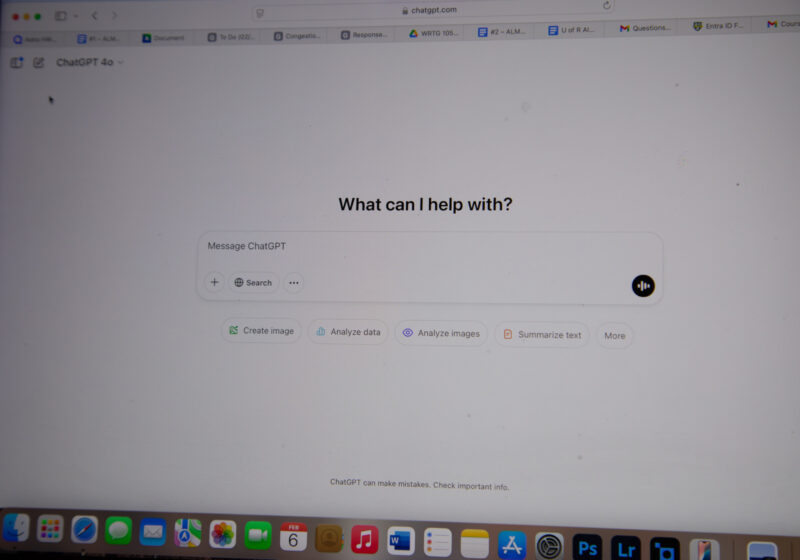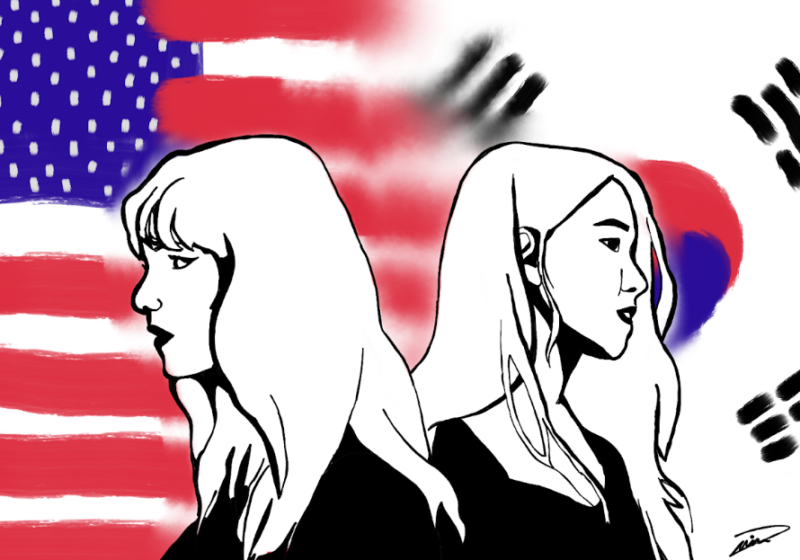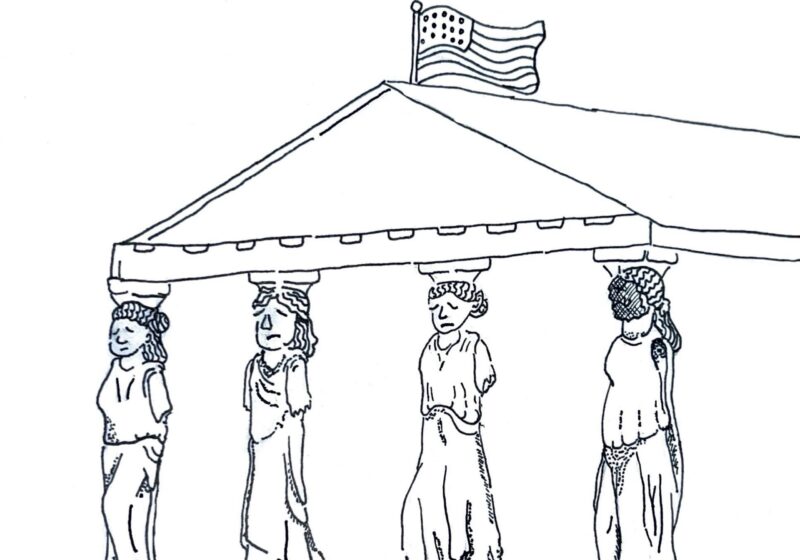It began as a class project among four seniors, each concerned that “We’re Better Than THAT,” the University’s anti-racism campaign, wasn’t doing enough.
But after two weeks of work, Darya Nicol, Robin Graziano, Miles Meth, and Shakti Rambarran launched “Racism Lives Here” on April 13, a response campaign to “We’re Better Than THAT,” which since its introduction has come under fire from students as being impotent and out-of-touch.
And the seniors’ effort has gained traction, racking up more than half the amount of likes as the official campaign’s Facebook page.
The response campaign—which its founders believe fills educational gaps unaddressed by We’re Better Than THAT—was created as part of a final project for the group’s anthropology class, “The Black Body,” with the goal of performing an “intervention based on the themes of the class,” according to its website.
“The University’s efforts appeared to be too focused on giving out t-shirts and buttons—a couple of students have stated they were asked, ‘Hey, are you racist?’ to get them to take a shirt or a button to prove they weren’t,” Nicol, Graziano, Meth, and Rambarran said in a collective statement.
“This all translated into surface-level attempts to address individual racism with seemingly no follow-through, and it neglected to really address the structural racism that has fueled the need for protests and the drive for change,” they added.
The website, which the group has publicized on social media and through posters and an interview with local media, focuses on systemic, rather than interpersonal, racism, contextualizing racism experienced on campus within a historical and sociological framework.
“Our goal is to situate racism at [the University] in a much broader context—to help demonstrate how, for many people of color, racist posts on Yik Yak cannot just be shrugged off,” the site’s mission statement reads. “They cut deep, as they are indicative of centuries of oppression and discrimination displaying themselves in one of countless ways. We hope exploring this website can provide a framework for understanding how racism is much more than its most explicit manifestations.”
In their statement, the quartet was clear about where they think the University’s campaign falls short.
“The campaign does not feel sufficient,” they said. “Having spoken with many students, staff, and employees, many people don’t seem to know the overall objective of the campaign. Most people’s best guess is that it’s telling people, ‘Hey, don’t be racist,’ rather than laying out a plan and way for students to learn more about how their actions may perpetuate oppression, to therefore learn to be less racist.”
The group members do not, however, want to dismiss We’re Better Than THAT in total. They said they respect the Kearns Center and the Office of Minority Student Affairs (OMSA), both of which are working on the campaign—their main complaint is with how much change the campaign has yet to effect.
“We’ve all kind of heard, ‘We’re working on it. Wait, it will get better,’ but as we show with the timeline on the site, we’ve been waiting and we felt it was time to respond,” they said.
As the group members will be graduating soon, they’ve begun seeking future caretakers for their project. Maintenance of the website will be integrated into their class’ future syllabus, but they hope it will eventually reach the hands of a dedicated group on campus.
Dean for Diversity Initiatives Beth Olivares and Assistant Dean and Director of OMSA Norman Burnett, asked for comment on the student response campaign, applauded the effort and said the official campaign had linked to it on social media.
“Though the site casts itself as oppositional to the campaign, we disagree: it embodies a very important dimension of what we are trying to do,” they said.
The website includes both educational materials—nuanced breakdowns of racism, microaggressions, theories of privilege—and “lived experiences”—accounts from students of how they’ve either endured structural racism or been parties to it.
As well, the students compiled a timeline of racialized campus events, which stretches back three years and details such incidents as the October 2013 hanging of a Confederate flag in a fraternity house dorm window and the slew of anonymous, racist posts on the app Yik Yak last March.
A photograph accompanying that list shows a much longer list of racial history at the University, written in marker on a sheet of paper spanning the length of a room.
The list is dated Nov. 20, 2015—the day the leaders of the Douglass Leadership House, Minority Student Advisory Board, Spanish and Latino Students’ Association, and the Black Students’ Union staged a peaceful protest in solidarity with University of Missouri students.
And at its bottom, a proclamation: “Too many years (165) of broken promises and systematic racism. U of R fails to address the needs of minority students.”





